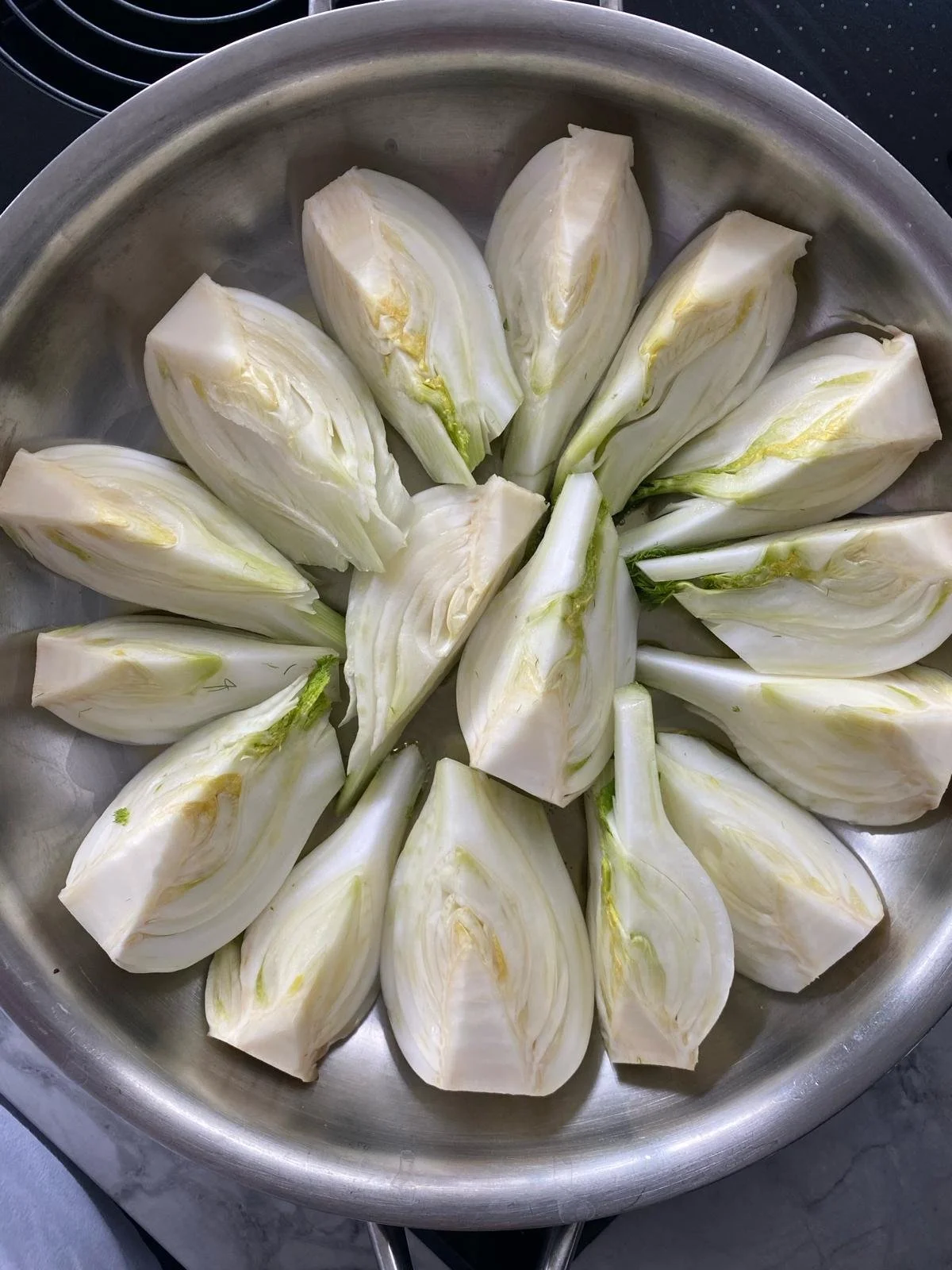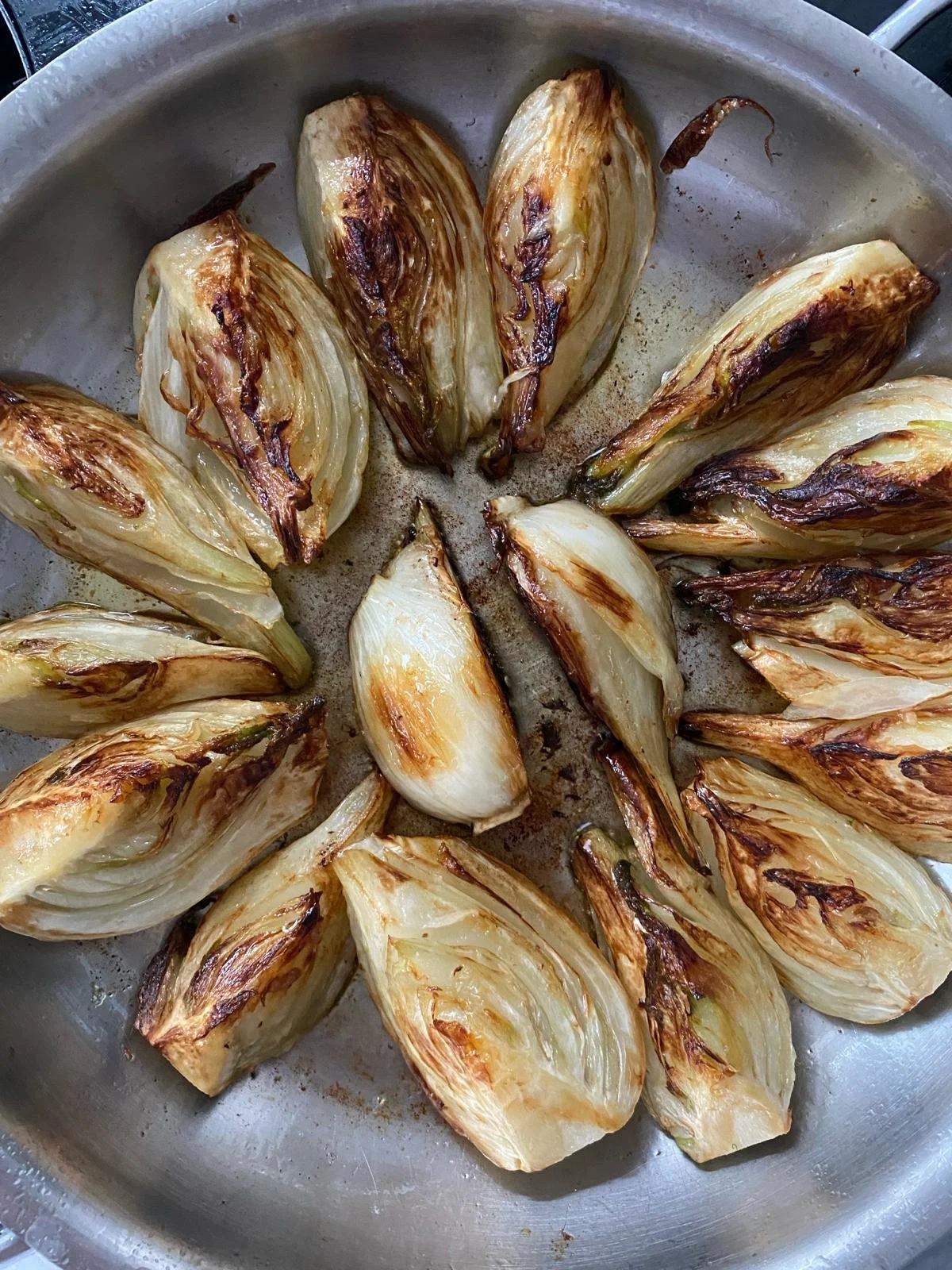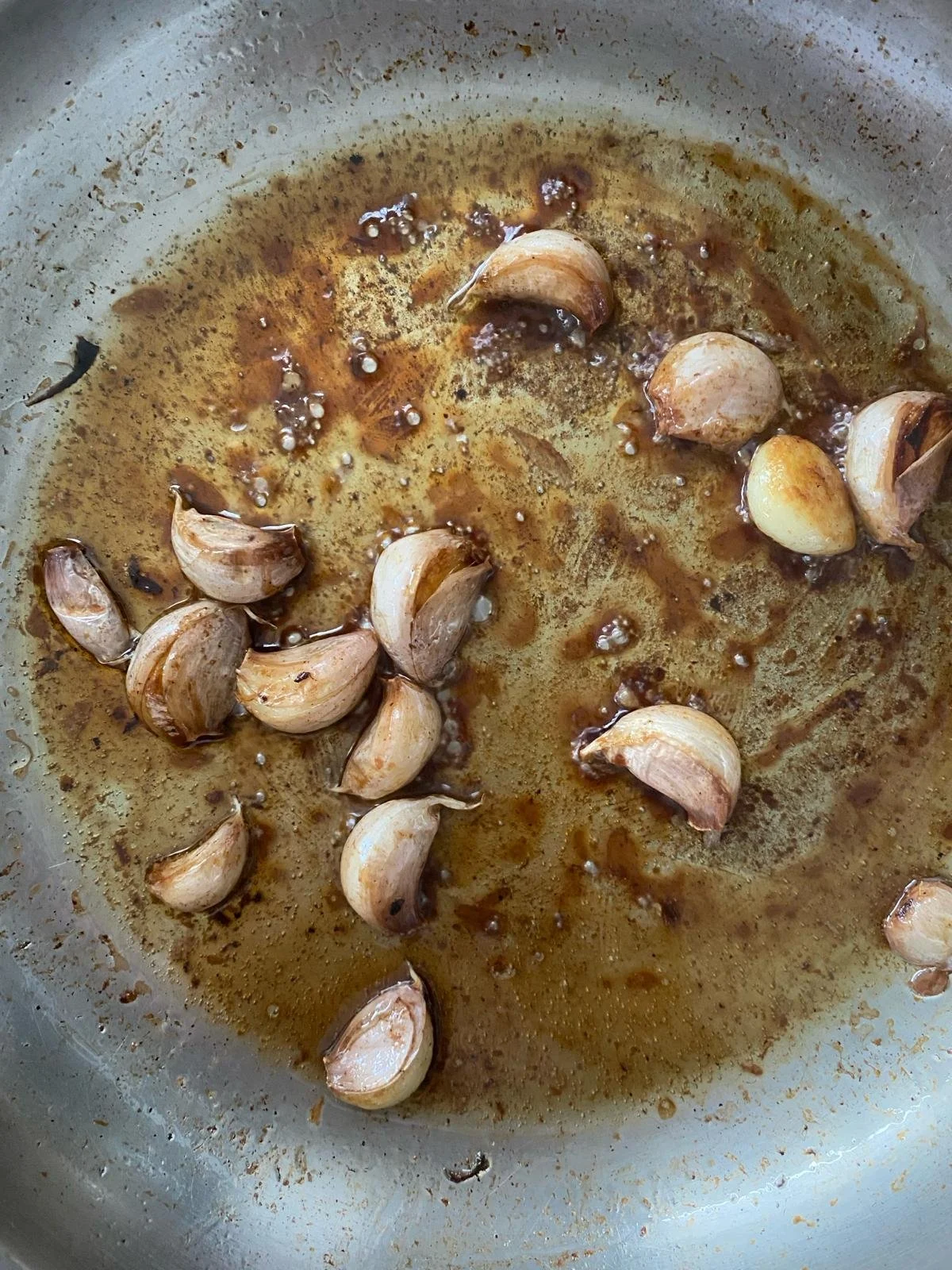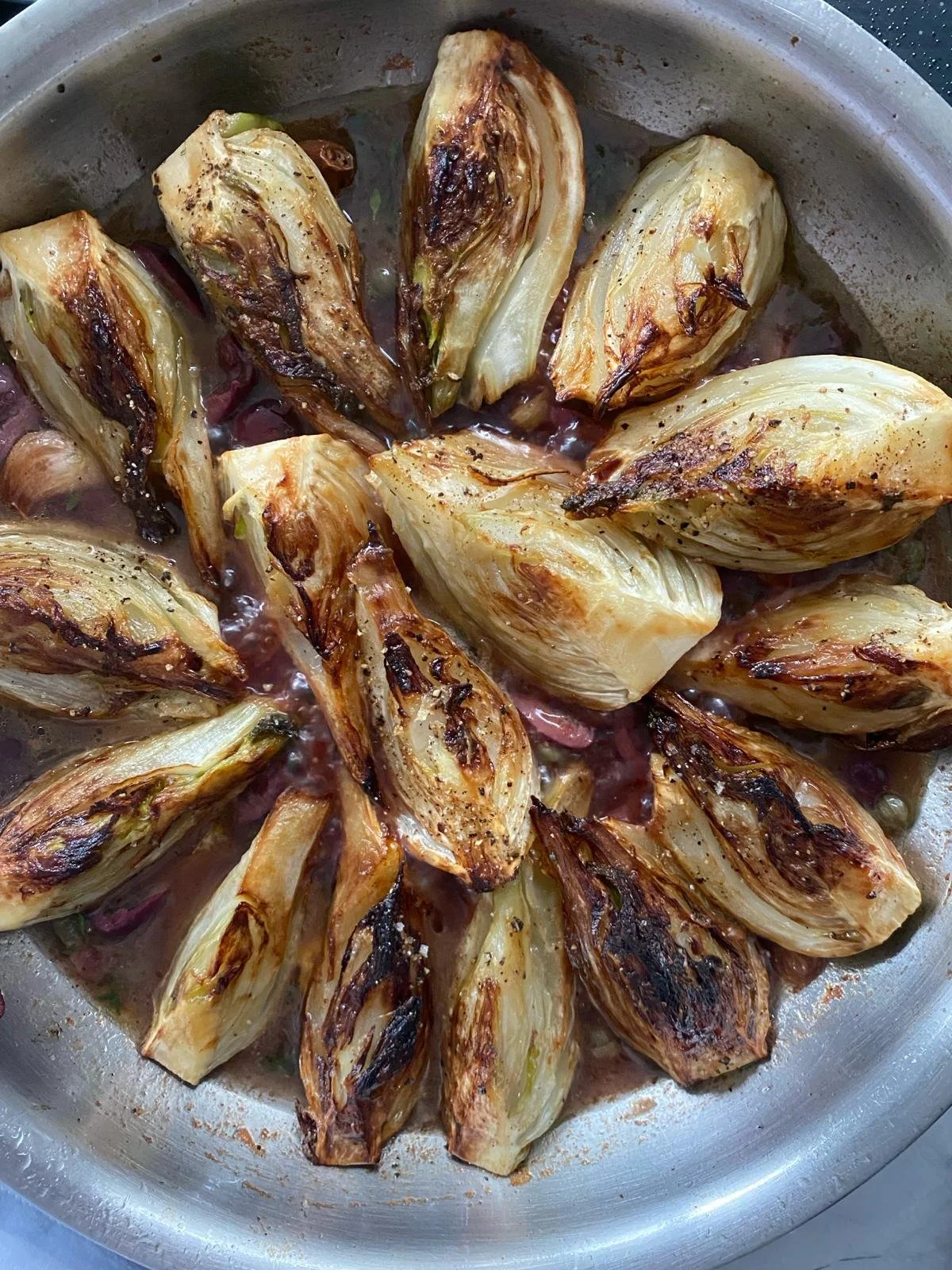Waste Not …
Prompted by my shallow dive into the deep water of ‘other peoples’ fridges’, I am dedicating this as the first post in a regular recipe feature for ‘ingredients I may have missed’ – a challenge to myself to save at least one ingredient that may be languishing in my fridge (sign up for news if you want to be alerted).
A first recce of my shelves reveals an accumulation of far-flung pickles: four jars of capers, three of cucumbers, and several random others. Most are well travelled migrants, having crossed land, sea, and shelf position to get to where they are today. Some have documented paperwork stating a country of origin and other notes of provenance and governance, while others (a few cheeky jalapeños) will only confirm (or deny?) that they: “do not only originate from the USA” – ‘nuff said!
As I start my search for recipes that include my obvious candidates (those copious capers), I discover that recipe books rarely list them as an individually itemised ingredient in an index – a metaphor perhaps, for where my search will land this week.
It’s an internet trawl that eventually brings me to what feels like an appropriate recipe at a difficult time: ‘Braised Fennel with Capers and Olives’ reminds of a moment when the Met Museum hosted a ‘Feast of Jerusalem’ – under the culinary guidance of Yottam Ottolenghi as assisted by the scholarship of Laila El-Haddad and Maggie Schmitt (co-authors of ‘The Gaza Kitchen’) – to coincide with its exhibition: “Jerusalem 1000 – 1400, Every People Under Heaven”.
The event (as noted by Jane Kramer in the New Yorker) was intended: “to celebrate Jerusalem’s cultural heritage and its historic diversity with a feast that would evoke civility and amity in [the] politically toxic present” – of 2016.
The ‘toxic present’ was bad then, and is off the charts worse now. Nevertheless, the Palestinian diaspora – so influential to that city’s history and culture – continue to urge us to engage with food traditions that serve as acts of resistance and resilience – memorials to the individual and personal amid the catastrophic devastation and collectivity of loss. In this context, the sustenance extends beyond the nutritional to become a device by which a people can uphold their humanity, and claim their identity.
The challenge for the creators of the Met feast – in bringing relevance and resonance to a historically referenced banquet – was perhaps first in understanding then communicating the many complex layers that have contributed to the bitter-sweet sophistication of the flavour profiles still favoured in this region, in all its paradoxical connection with and distance from its history. Mixing sweet with savoury, home-grown with imported, historical reference with modernity – and in combinations encompassing forms of preservation, hospitality, and currency that have travelled across continents and time – they ultimately gifted a complex layering of their own as they enabled those present to participate in a powerfully enduring tradition: the sharing of food at a family-style meal, where stories are told, and another’s presence and perspective are welcomed at the table.
Here is my adapted version of this recipe from that feast – a link to Ottolenghi’s original can be found above.
Braised Fennel, Capers, Olives, Verjus
Ingredients:
4 x medium fennel bulbs
olive oil
16 whole garlic cloves – don’t bother to skin them.
4 tablespoons verjus (an unripe, sour grape juice available in middle eastern stores – you can also substitute a similar quantity of lemon juice mixed with vinegar)
1 x large ripe tomato, skinned, de-seeded and diced (1cm pieces)
250ml vegetable stock (or water)
20g capers (drained weight)
16 x black olives (large, pits removed, and cut in half lengthways)
fresh thyme leaves (approx. 1 tablespoon)
2½ teaspoons sugar
For serving:
100g ricotta
Grated lemon zest
Method:
1. Trim the fennel bulbs (keep any feathery green leaves)
2. Cut the bulbs in half – from top to bottom – then cut in half again (4 quarters for each bulb)
3. In a large, heavy based, frying pan with a lid (for later), and over a medium heat, add enough olive oil to coat the bottom of the pan and add in the fennel pieces in one layer (do in batches if necessary).
4. Fry the fennel until each edge is golden brown, season lightly with salt and pepper, then transfer to a plate, and leave to one side.
5. Add more oil to the pan and fry the whole garlic cloves just to ‘scorch’ their skins (about 3 – 5 minutes), then turn the heat down.
6. Add in the verjus (carefully, it will spit violently if the oil is hot!) – then turn the heat back to medium and allow the liquid to simmer until reduced by about half.
7. Stir in the diced tomatoes and allow to soften, for just a minute or two.
8. Add in the olives, capers, thyme, sugar and a little more seasoning (bear in mind as you do that the capers and olives will add strong flavour), then add 100 ml of the stock (/water) and allow to simmer for a few minutes more.
9. Return the fennel to the pan, add in the rest of the stock/water, cover with the lid (you can close tight to cook it faster, or keep the lid slightly ajar to help the sauce thicken). The fennel will need to be turned once during cooking at about the half way point – and the cooking time will vary by how gently or how fast you allow it to simmer and how soft you like the fennel. Check on it regularly to make sure there is some liquid for it to braise in, and top up if it starts to run dry. The fennel is cooked when it’s as you like it – from retaining some crunch, to the meltingly soft (I prefer the latter), and there should be some sauce that is thick enough to spoon over. Always check seasoning before serving and adjust according to taste.
To Serve
11. Serve two or three pieces of fennel per person, cover with its sauce, and top with a spoonful of ricotta (optional). Garnish with a little freshly grated lemon zest, the chopped feathery fronds of the fennel, if you have any, and a swirl of olive oil.
Other recipes relating to this feast are available in various corners of the web – some links below:









